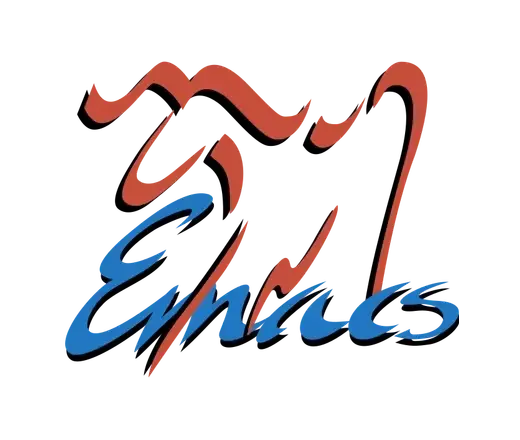

Ooh I like the idea of these colors


Ooh I like the idea of these colors


I use the rainbow-delimiters package, which gives you up to 9 faces to set parentheses


you can do this with an Overlay, if you know where the link starts and ends. For example I have the buffer README.org
#+title: hypop - emacs minibuffer-frame + hyprland
* Demo
https://www.youtube.com/watch?v=jXRt598HqCY
the first character of the link is the 60th and the last is the 103rd. So I could write
(with-current-buffer "README.org"
(overlay-put (make-overlay 60 103) 'display "link"))
Clicking the “link” text still opens YouTube as expected.
To do this all over a buffer you’d want to add a font-lock rule based on a regular expression like browse-url-button-regexp.
If you only need it in Org files, there’s probably some machinery to facilitate that as well


M-x list-colors-display shows all the valid color strings Emacs knows about in the current session.
Standard GUI Emacs and newer terminals like Alacritty can show All the colors (16 million), these are hex codes. Not all of them are named, but each name is associated with one hex color.
The 256 column is for terminals/displays that only show 256 colors, like gnome-terminal (i think. xterm-256color is a common terminal type for compatibility). These are named but the actual visual color values are set in the terminal config.
Likewise, 16 refers to original 16 color displays of later physical terminals. This is about the lower limit of colors to define for a visually distinct theme, for in my opinion. On some terminals/systems, the “bright” variants (8-16) are implemented as bolded forms of colors 0-7 respectively.
An example of an 8 color display is the Linux console, which you can reach with ctrl+alt+f4 or other function key between 2 and 6 inclusive on most Linux systems. Emacs does not look good on this display in most cases, but it’s usable.


This one is awesome, except half the time where it breaks everything


What issue?


Yes? It’s a shell


My weakest computer can fit twenty million lines of codes on it.
I’d say if anything, the usefulness of eat would justify a lot more. Thankfully doing one thing well lends itself to brevity, and storage is cheap


Vterm: none that I can see
Eat: it’s awesome, very good and fast and mouse input works out of the box


If you’re using the build that shares a user ID with Termux, you can use the termux-api shell commands to send a notification that way. You will probably have to re-package/sign the termux-api package (i just tried the F-Droid version, it won’t install when you have the Emacs compatible termux).


I want this too. If not, probably possible to make one - make a regex for properties drawer, jump to each occurrence, run the collapse function, and wrap all that in save-excursion


You can definitely drag emacs window borders smoothly


Yes. It’s worth it.
If you’ve ever tweaked your Doom config, you’re already writing elisp. Going from setting options to writing new modes will certainly take time, but lisp is a language that builds on itself.
In fact, Emacs+elisp is one of the best systems for learning by doing. C-h f, C-h v, C-x C-e, etc will get you far. The built in tutorial is absolutely worth going thru, and understanding lisp will improve your understanding of other languages as well.


m is macro, f is function, c is command. Not sure what p stands for. @ denotes an alias I think


In any buffer C-z (control + Z) temporarily disables evil-mode in that buffer. C-z again brings it back.
For a more permanent solution: go to $DOOMDIR/init.el, find the line that says (evil +everywhere), comment it out (add a semicolon in front). Then doom sync
Emacs has a built in tutorials to help with basic movement/editing, and C-h k (that’s control + H then K) tells you what any key does.


I had the package yascroll active, and it was fine on most files but org-mode was quite slow. I disabled that as well as svg-tag-mode etc
I think it’d be really cool to implement a swipe-based touch interface onto Emacs. The recent Android port has potential as they’re fixing up touchscreen support. The real question is, how do you make such a thing intuitive and ergonomic?
Seems to be an attempt at an unofficial mascot…
Some people wear glasses but most do not.
Interesting - at least 90% of people I’ve ever known in real life wear glasses. In fact at the moment I’m the only one who doesn’t and I should probably get some eventually.
Maybe the human race is just getting worse at seeing and we’re coping by trying to make the workaround seem cool and attractive.
8/10 great but too gray
Also you absolutely need this package: https://github.com/manateelazycat/holo-layer